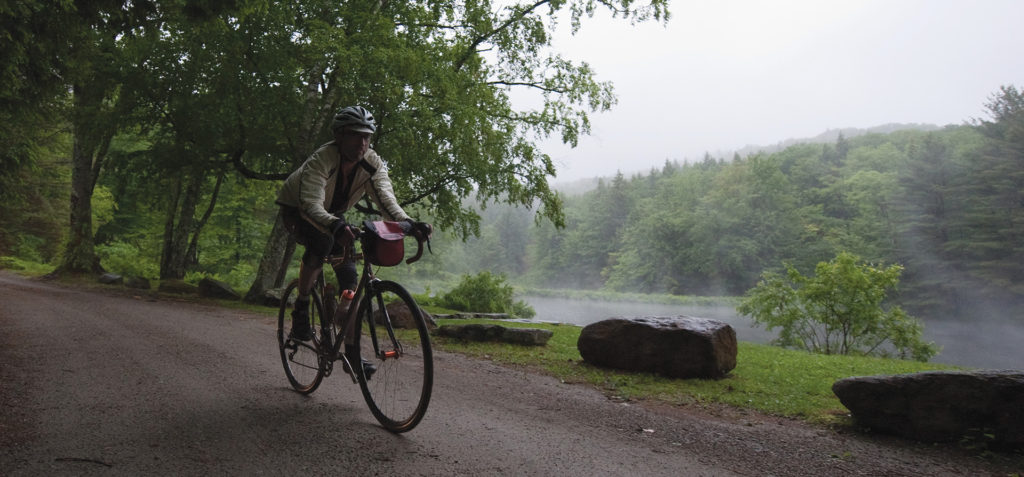More than a format, randonneuring is a culture highlighted by long routes and camaraderie. Rando legend Melinda Lyon suggested that, first and foremost, randonneurs are always polite: you can ride hard, but your speed remains secondary to consideration for everyone, whether it’s another rider, a course volunteer, a motorist, a citizen with no affiliation with the event, or your own safety. In races, other riders try to drop you; in randonnees, your company is a welcome part of the journey. The course itself is the daunting competitor.
The direct translation of the French word “randonnée” is “hike.” In the context of cycling, “randonneuring” is a French invention in the same spirit as events that call themselves a “challenge.” It is not a race because there are no awards or placings, and it is not a relaxed tour because the difficulties are unpleasant at times. There are, however, time limits for reaching each rest station.
Much of the challenge is due to a randonnee’s length. The “short” version, a “brevet” (French for “brief”) is scaled in increments of 100 kilometers—100K, 200K, 400K, etc. While most new randonneurs will try a 200K, many soon try a longer version, both for the challenge and the appeal of riding long routes with like-minded riders. The allure is not more suffering, but a craving to make a full day of it. Extending into the night only amplifies what makes the sport great. You explore like never before.
Randonnee rules are almost transparent. For example, rules require obeying traffic laws, which is the case under any circumstance. Riders have to follow the designated route—which sounds like an invitation to shortcut, except that the route typically follows the best course between points, if not steering clear of outright misery. Randonnees also disallow crew support between designated checkpoints, but that is simply the reality of the open road—and the fact that friends are generally unwilling to drive 200 miles to meet riders in the middle of nowhere with coffee and pastry at 2 am. Thus randonneurs navigate and plan their ride with extra food, clothes, and tools.
Randonnees are open to riders of all backgrounds and goals, from racers to tourists, from experienced ultradistance riders, to weekend warriors looking to highlight their season. They are a classless society. Everyone starts together and gets the same support en route. Randonneuring completely echoes the French motto “Liberty, equality, fraternity”—no wonder it has surged in popularity in the States.
The first-timers look tense at the start, but by the end, or at least after a night’s sleep, one of two things has happened: either that rookie has a once-in-a-lifetime experience, never to be repeated, or is completely hooked and can’t wait for the next ride.


